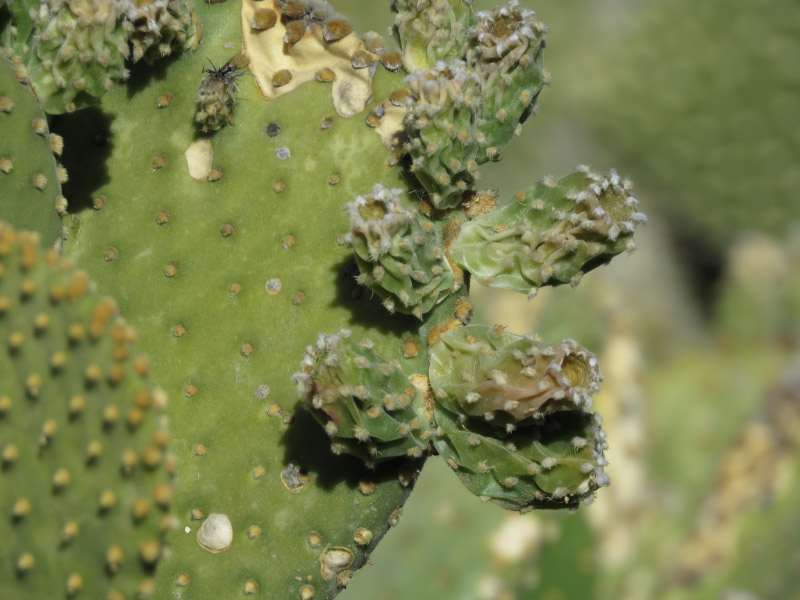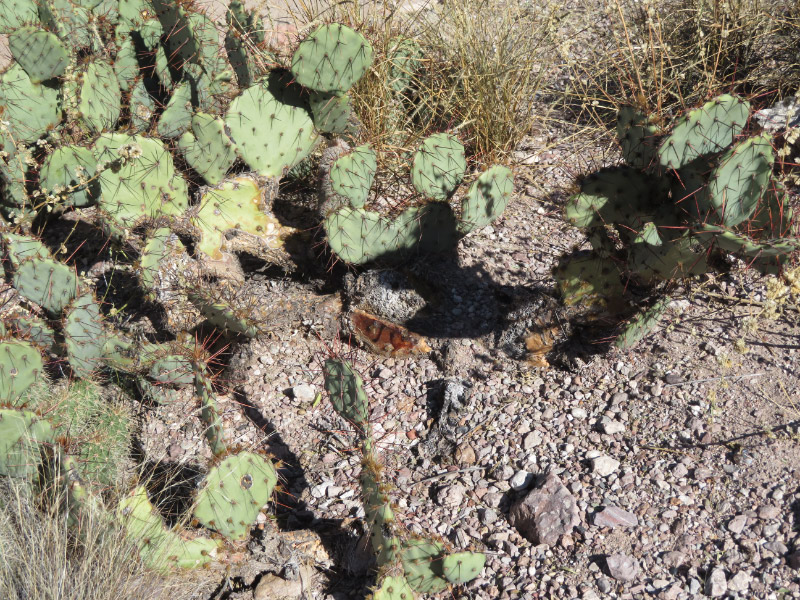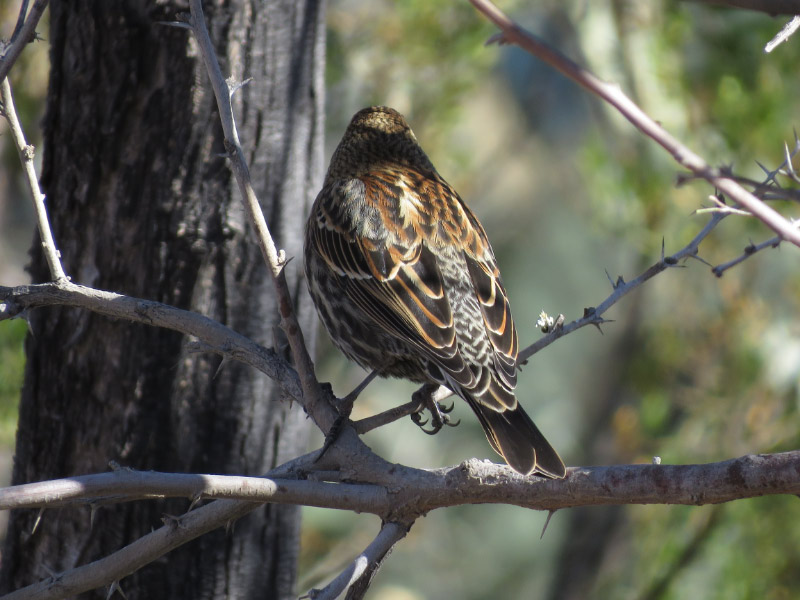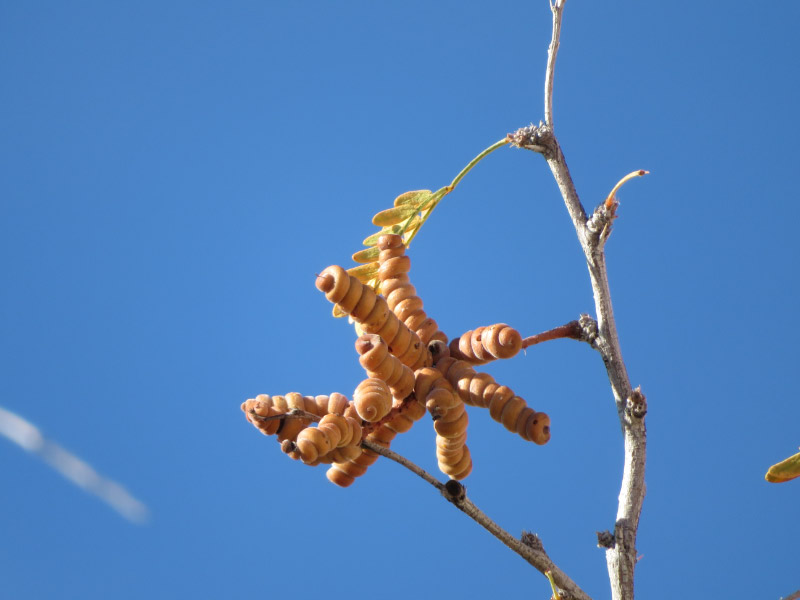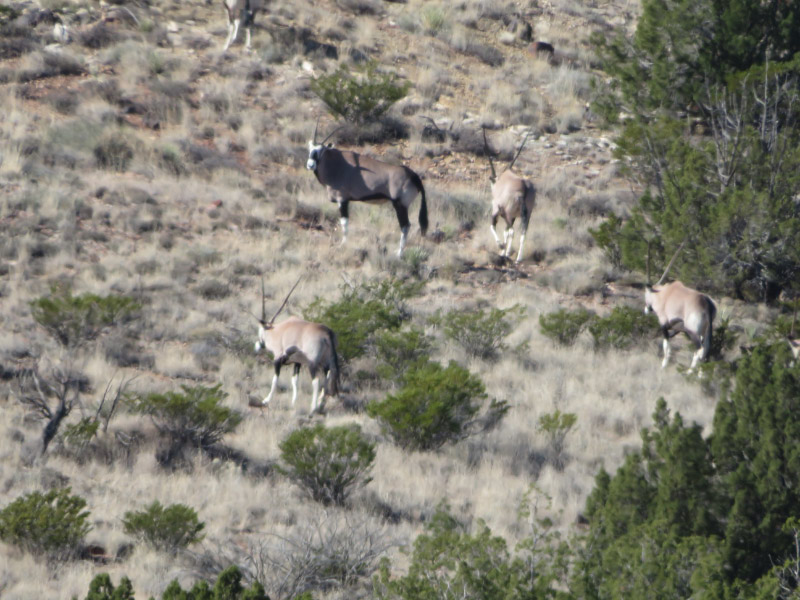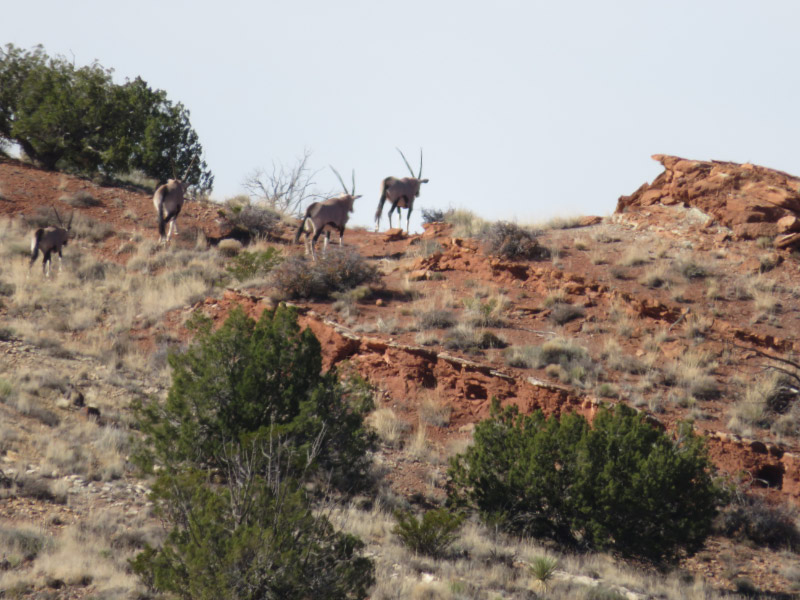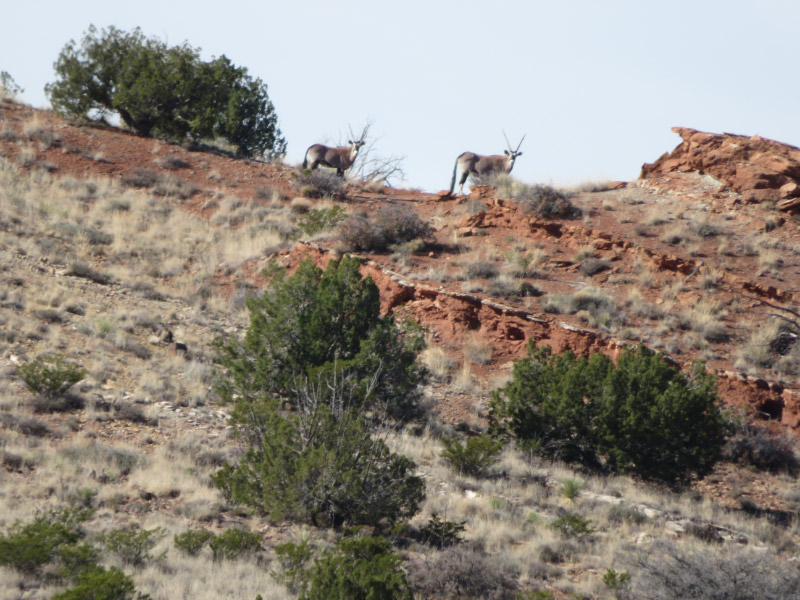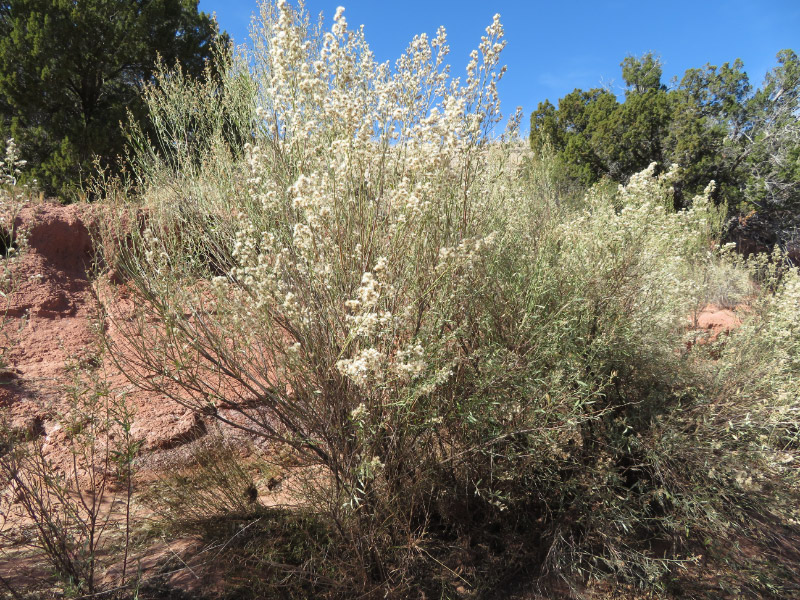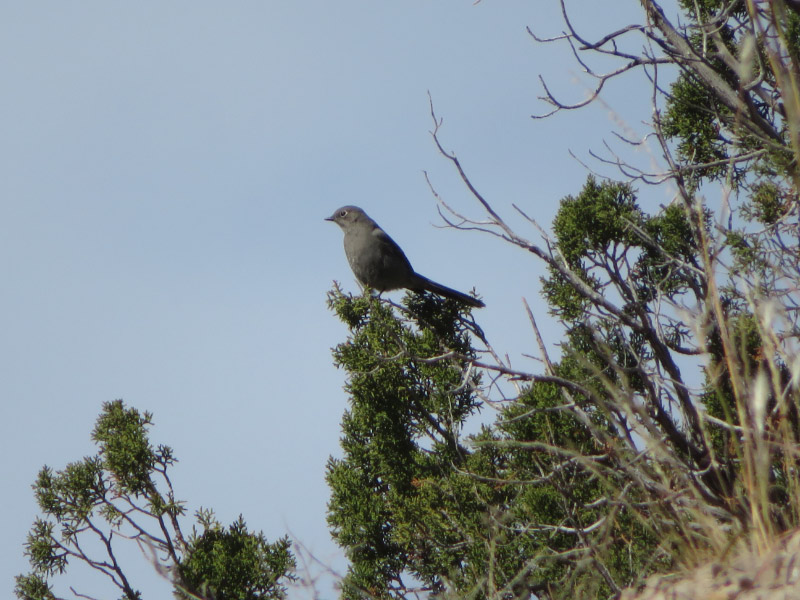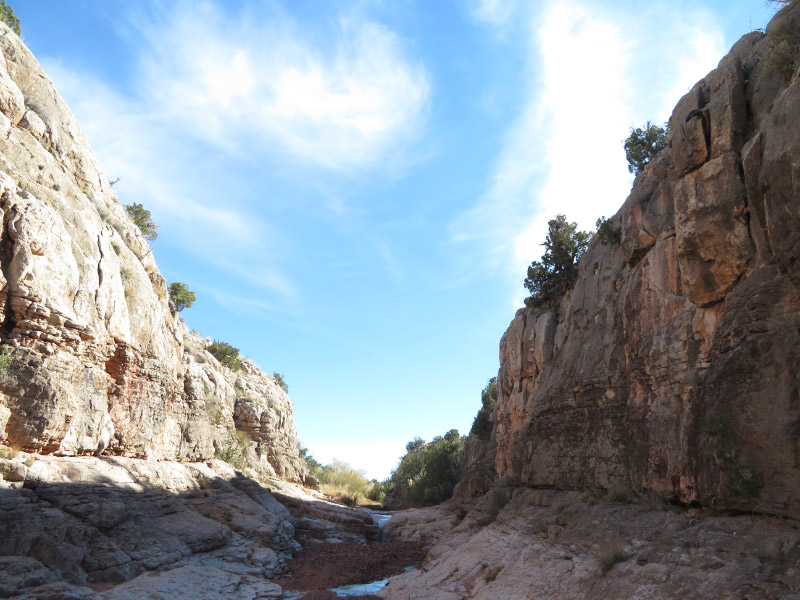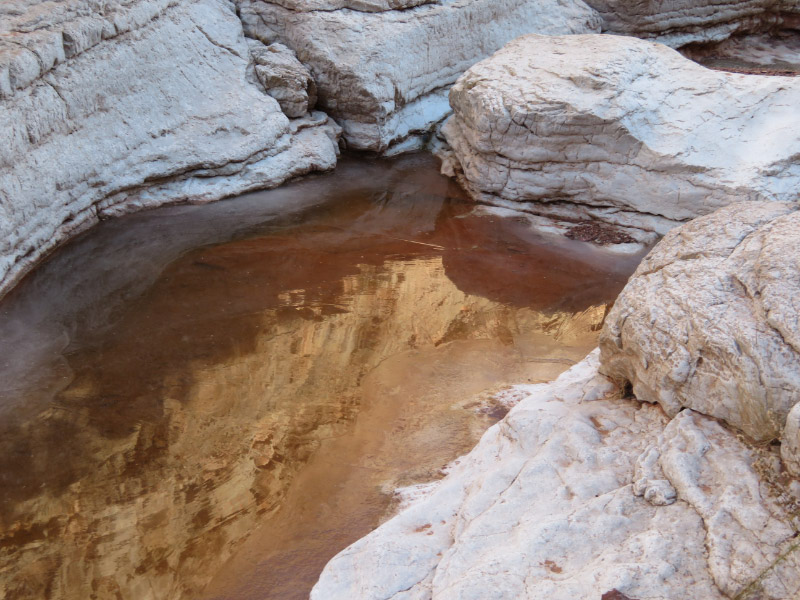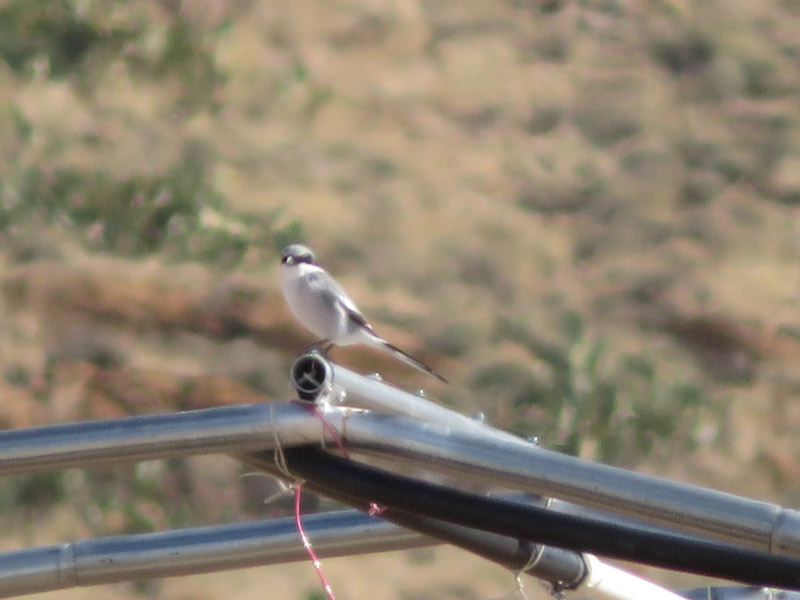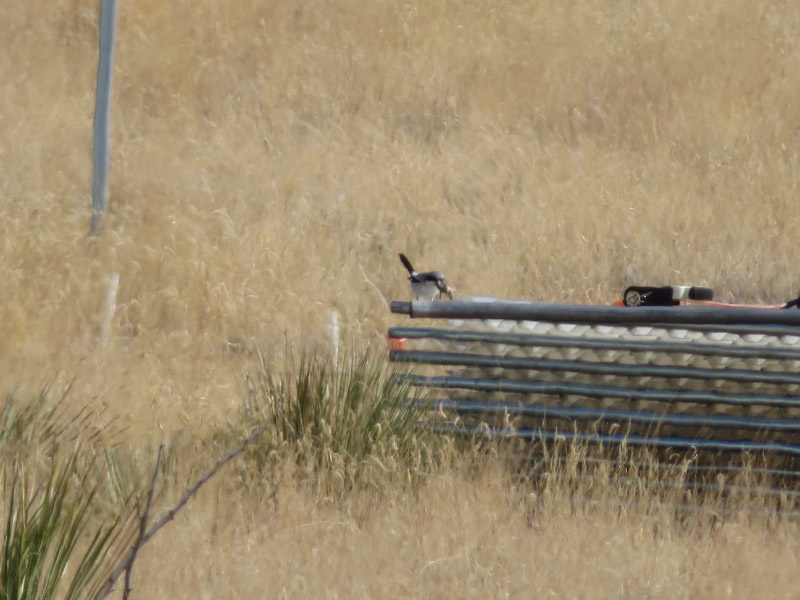Festival of the Cranes – part 6
/After the Point and Shoot Photography field session, I headed to the Bosque del Apache National Wildlife Refuge's Desert Arboretum. The entrance was hidden by the large tents put up for the festival expo and a classroom, but I managed to find it. There was already a larger group than I expected for the tour. The garden has been developed over many years by botanists and horticulturalists from seeds. I didn’t take many pictures during the tour since there were so many people --- waiting until the area was quiet again afterward. Most of the plants were cacti and agave; I took two pictures that were other types….the legume type plant for the color of the flowers and the other for the fibrous tendrils.
Now to the cactus. There were several kinds of prickly pear – many that still had fruits. The horticulturist talked about the various kinds of spines and that some were so fast growing that they had to be pruned. I noticed one that had been pruned and that spines had grown on the cut surface – probably to keep animals from borrowing into the soft flesh of the rest of the plant.
The barrel cacti are colorful – fruits and spines. One specimen had yellow spines and fruits. Barrel cactus have been collected by so many people as whole plants rather than just the seeds which has caused some to become almost extinct in the wild…but prevalent in gardens. They evidently grow easy enough from seeds…with patience.
There were several kinds of cholla. My favorite had red fruits.
The agaves have prickles on their edges and a sharp point on the end. There was a century plant that had bloomed two years ago but didn’t produce any seed since there was not another century plant nearby to cross pollinate it. The parent plant died after it bloomed but there is a ‘pup’ coming up under the dried parts of the parent plant…a little clone that will maybe grow up to bloom.
The garden also is popular with birds because of the feeders and the plants. There are white-crowned sparrows,
The birds were not around during the tour….but came back as soon as the crowd of people were gone.
As I left the arboretum, I saw the sculpture of the crane nearby. Once the expo tent is gone – it will be easier to spot.





